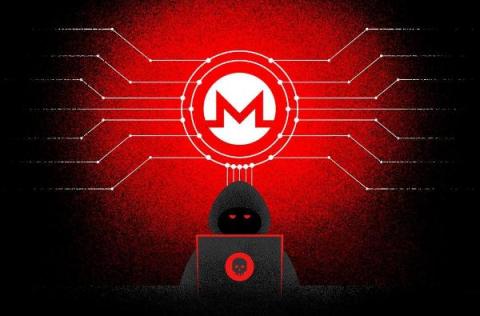What role does blockchain play in cyberattacks and cybersecurity?
Most company decision-making executives know how blockchain technology works but few have adopted it within their organization at this stage. This is the conclusion drawn by the latest Pulse survey conducted on 145 senior IT managers from companies on three continents. It shows that only 8% have experienced this technology, compared to 53% who know how it works but are yet to use it.











